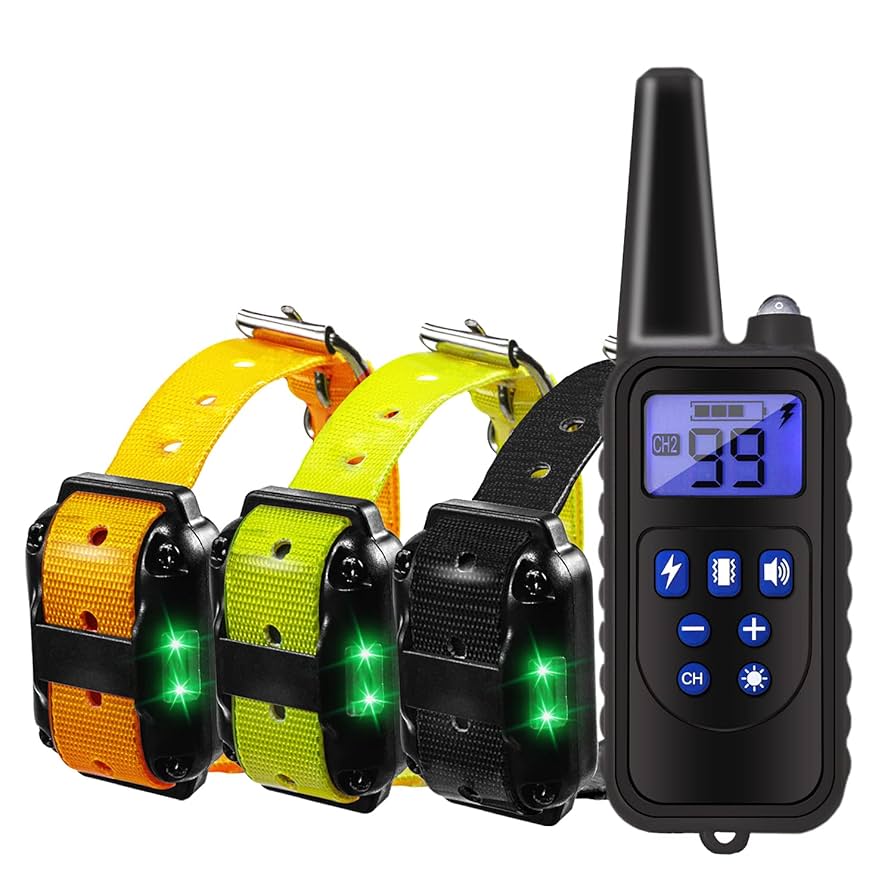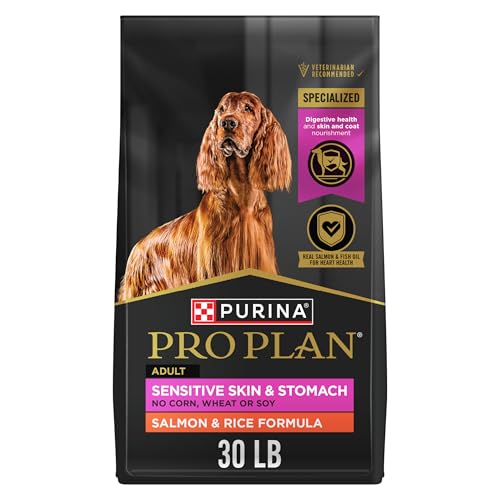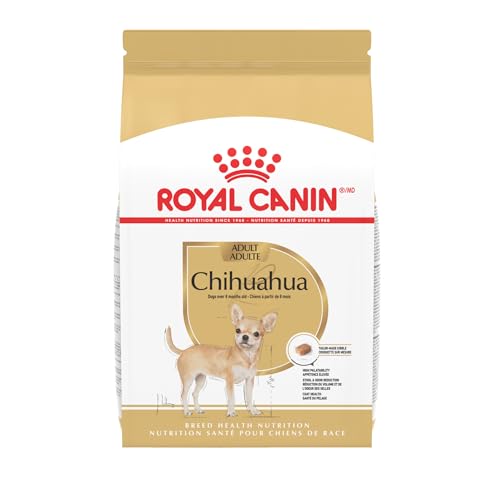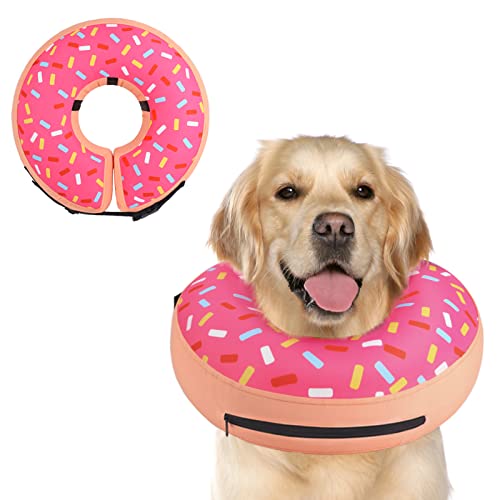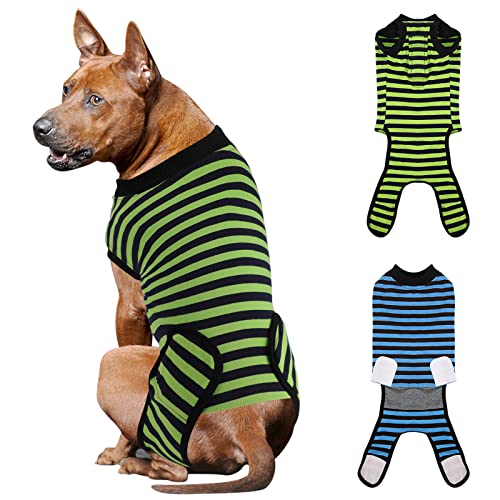Have you ever wondered how vets neuter a dog and what exactly happens during the procedure? If you care about your furry friend’s health and well-being, understanding this simple yet important surgery can ease your worries.
Neutering is more than just a routine operation—it can help prevent health issues and unwanted behaviors in your dog. You’ll discover step-by-step how vets perform the procedure safely and what you can expect before and after. Keep reading to learn everything you need to know to feel confident about your dog’s neutering journey.
Purpose Of Neutering
Neutering a dog is a common surgical procedure with clear and important purposes. It helps keep dogs healthy and well-behaved. This operation also plays a key role in managing the dog population. Understanding why vets neuter dogs helps pet owners make informed choices for their pets.
Health Benefits
Neutering reduces the risk of certain cancers, especially testicular cancer. It also lowers the chance of prostate problems. Dogs tend to live longer and healthier lives after neutering. The procedure helps prevent infections and other diseases linked to the reproductive system.
Behavioral Changes
Neutered dogs usually show less aggression and dominance. They are less likely to roam in search of mates. This reduces the risk of accidents and fights with other animals. Neutering can calm a dog’s overall behavior and help with training.
Population Control
Neutering prevents unwanted litters of puppies. It helps reduce the number of stray and abandoned dogs. This supports animal shelters and communities by lowering overpopulation. Responsible pet ownership includes controlling dog numbers through neutering.

Credit: pethelpful.com
Pre-surgery Preparation
Preparing a dog for neutering surgery is crucial for a safe and smooth procedure. The vet team follows specific steps before the operation to check the dog’s health and get everything ready. These steps help reduce risks and ensure the best care.
Initial Vet Examination
The vet performs a thorough health check before surgery. They check the dog’s weight, temperature, and heart rate. The vet looks for any signs of illness or infection. This exam confirms the dog is fit for anesthesia and surgery. Sometimes, blood tests may be done to assess organ function.
Fasting Guidelines
Fasting is important before surgery to prevent vomiting during anesthesia. The vet will advise when to stop feeding the dog. Usually, food is withheld for 8 to 12 hours before surgery. Water may be allowed up to a few hours prior. Following these guidelines helps avoid complications.
Consent And Paperwork
Owners must sign consent forms before neutering. These forms explain the procedure and risks involved. The paperwork also includes medical history and vaccination records. Clear communication between the vet and owner ensures everyone understands the process. This step protects both the pet and the clinic.
Anesthesia Process
The anesthesia process is a crucial part of neutering a dog. It helps keep the dog calm and pain-free during surgery. Vets carefully choose the right anesthesia type based on the dog’s size, age, and health. This process requires close attention to keep the dog safe throughout.
Types Of Anesthesia
Vets use different anesthesia types depending on the procedure and dog’s condition. Common types include:
- Injectable anesthesia:Given through a needle to quickly sedate the dog.
- Inhalant anesthesia:Delivered through a mask or tube to maintain sedation during surgery.
- Local anesthesia:Numbs the specific area but is less common for neutering.
Most neutering surgeries use a combination of injectable and inhalant anesthesia.
Monitoring Vital Signs
Vets and staff monitor vital signs continuously during the operation. These signs include:
- Heart rate
- Respiration rate
- Blood pressure
- Oxygen levels
- Body temperature
Monitoring helps detect any problems early. It ensures the dog remains stable and comfortable.
Ensuring Safety
Safety measures are in place to reduce risks. Vets perform a health check before anesthesia. They adjust doses based on the dog’s weight and health.
The team uses sterile equipment and keeps the dog warm. After surgery, the dog is carefully observed until fully awake. This process helps a smooth recovery.
Surgical Procedure
The surgical procedure for neutering a dog is precise and carefully planned to ensure the safety and comfort of your pet. Each step is designed to minimize pain and reduce the risk of infection. Understanding these steps can help you feel more confident about the process and what your dog experiences during surgery.
Sterilizing The Area
Before the surgery begins, the vet thoroughly cleans and sterilizes the dog’s genital area. This step is crucial to prevent infections during and after the procedure. The fur around the area is shaved, and antiseptic solutions are applied carefully.
Have you ever wondered why vets spend so much time cleaning this spot? It’s because even a tiny germ can cause complications. This careful preparation protects your dog’s health in the long run.
Making The Incision
Once the area is sterile, the vet makes a small incision just in front of the scrotum. This cut is usually less than an inch long, enough to access the testicles safely. The size and location of the incision help speed up healing and reduce discomfort.
It’s interesting how such a small cut can make a big difference in recovery time. Would you feel more at ease knowing the vet uses the smallest possible incision to help your dog heal faster?
Removing Testicles
Through the incision, the vet carefully locates and removes the testicles. This involves tying off blood vessels to prevent bleeding, then cutting the testicles away. The procedure is quick but must be done with precision to avoid complications.
Many dog owners are surprised by how fast this step happens. The vet’s skill ensures your dog is under anesthesia and feels no pain during this critical part of the surgery.
Closing The Incision
After removing the testicles, the vet closes the incision with stitches or surgical glue. The choice depends on your dog’s size and the vet’s preference. These closures help the wound heal and protect it from dirt and infection.
Have you noticed how some dogs have tiny stitches that almost disappear? That’s intentional to keep your dog comfortable and reduce the chance of them licking or scratching the area.
Post-operative Care
After your dog’s neutering surgery, proper post-operative care is crucial to ensure a smooth and speedy recovery. How you manage your dog’s comfort and safety during this time can make all the difference in preventing complications and helping your pet feel like themselves again quickly.
Pain Management
Dogs can’t tell you when they’re hurting, so it’s up to you to watch for signs like whimpering, restlessness, or reluctance to move. Vets usually prescribe pain medication—make sure to give it exactly as directed without skipping doses.
Never guess the dosage or give human painkillers; some are toxic to dogs. If you notice your dog seems uncomfortable despite medication, call your vet promptly. Keeping your dog calm and comfortable reduces stress and speeds healing.
Preventing Infection
The surgical site needs to stay clean and dry to prevent infection. Avoid bathing your dog or letting them swim for at least 10 days after surgery.
Check the incision daily for redness, swelling, or discharge. If you see anything unusual, such as oozing or a bad smell, contact your vet immediately.
Using an Elizabethan collar (cone) can stop your dog from licking or biting the wound, which is critical for infection prevention.
Activity Restrictions
Restricting your dog’s activity is key to avoiding complications like opening the incision or internal bleeding. Keep your dog on a leash during bathroom breaks and avoid running, jumping, or rough play for about two weeks.
Many pet owners find crate rest or a small confined area helpful to limit movement. Remember, it’s tempting to let your dog play because they seem fine, but patience now prevents setbacks later.
Have you ever noticed how your dog’s energy returns faster when you carefully control their activity post-surgery? It’s a clear sign that rest works wonders.
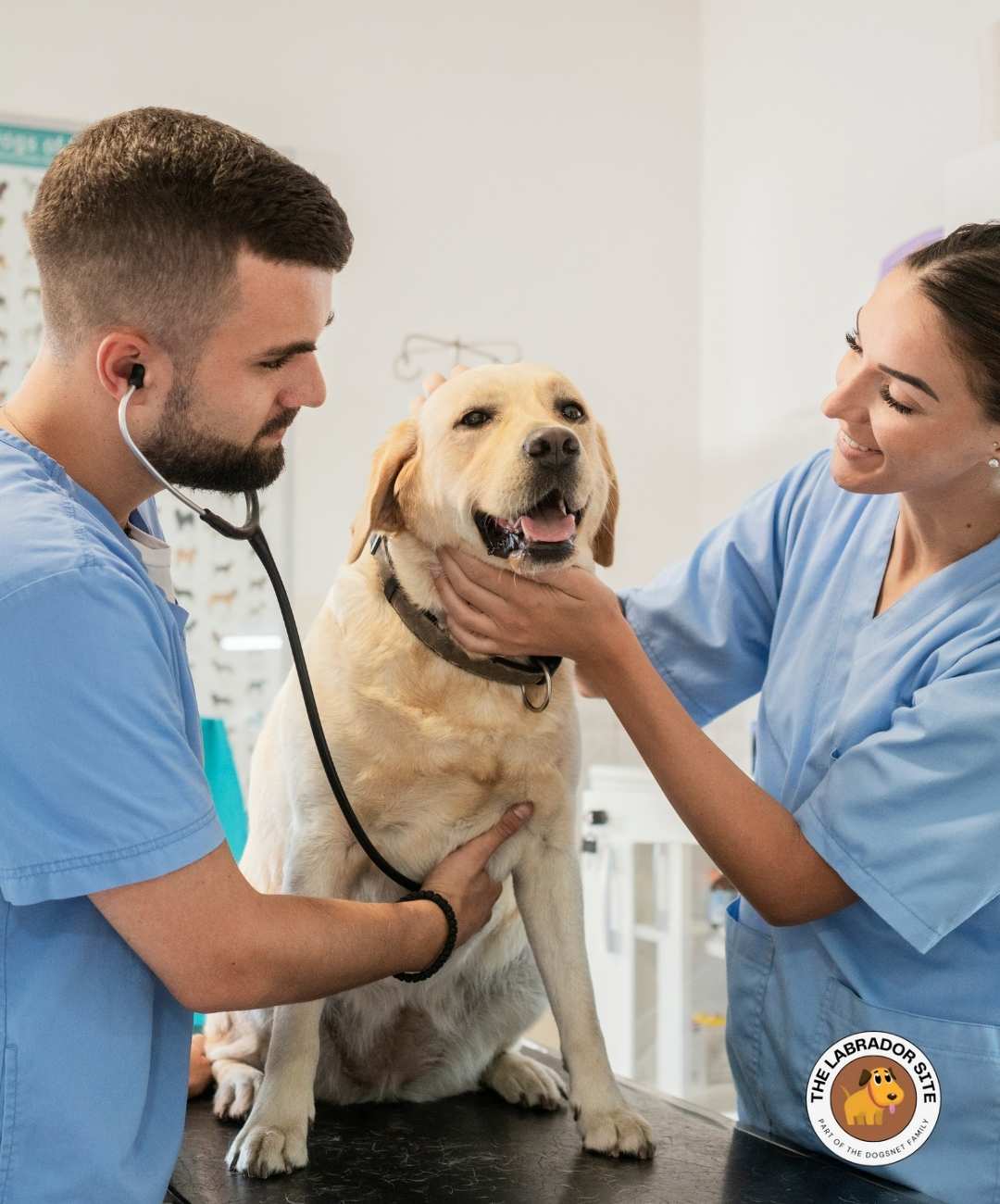
Credit: www.thelabradorsite.com
Recovery Timeline
Understanding the recovery timeline after your dog is neutered helps you provide the best care during this crucial period. The process doesn’t end once the surgery is done—your dog’s healing journey unfolds over days and weeks. Knowing what to expect at each stage lets you spot any issues early and support your furry friend effectively.
Immediate Recovery
Right after surgery, your dog will be groggy and disoriented due to anesthesia. You might notice some trembling or mild discomfort, which is normal. Keep your dog warm and quiet, offering gentle reassurance as they wake up.
Limit movement in the first 24 hours to prevent injury or swelling. Have fresh water available, but avoid feeding a full meal until your vet recommends it. You might feel anxious seeing your dog so vulnerable—remember, this phase usually passes within a few hours.
Healing Process
Over the next 7 to 10 days, your dog’s incision site will begin to heal. Swelling and redness should gradually decrease, and your dog will start to regain normal energy levels. Prevent licking or chewing the area by using an Elizabethan collar or other protective measures.
Activity should be limited—no running, jumping, or rough play—to avoid opening the wound. You may notice your dog’s mood improve as pain subsides, but watch for any sudden changes. Healing times vary, so stay patient and consistent with care.
Signs Of Complications
Knowing what to watch for can save your dog from serious problems. Contact your vet immediately if you see:
- Excessive swelling or bleeding around the incision
- Discharge that smells bad or looks pus-like
- Fever, lethargy, or loss of appetite beyond a couple of days
- Signs of pain that worsen instead of improve
- Opening of the surgical site or visible stitches coming loose
Have you noticed your dog acting differently after surgery? Trust your instincts and reach out to your vet if something feels off. Early intervention can prevent complications and keep your dog comfortable during recovery.
Common Questions
Many pet owners have questions about the neutering process. Understanding key details helps you make the best choice for your dog. The following sections answer common concerns about cost, age, and effects.
Cost Factors
The price of neutering varies by location and clinic. Factors include:
- Size and weight of the dog
- Clinic’s experience and reputation
- Additional services like anesthesia and pain control
- Pre-surgery tests or vaccinations needed
Some clinics offer low-cost options or packages. Ask your vet for a clear estimate before scheduling.
Age Considerations
Vets often recommend neutering dogs between six and nine months old. Early neutering is safe for many breeds but depends on health and size. Puppies can undergo the procedure as young as eight weeks in some cases. Discuss the best timing with your veterinarian to support healthy growth.
Long-term Effects
Neutering helps reduce unwanted behaviors like marking and aggression. It also lowers risks of certain cancers and infections. Some dogs may gain weight more easily, so diet control is important. Most neutered dogs live longer, healthier lives with fewer health issues.

Credit: www.bocamidtownevet.com
Frequently Asked Questions
What Is The Process Vets Use To Neuter A Dog?
Vets perform neutering by surgically removing the dog’s testicles. This procedure is done under general anesthesia to ensure no pain. It prevents reproduction and reduces certain behavioral issues. The surgery usually takes 20-30 minutes, followed by a recovery period at home.
How Long Does Dog Neutering Surgery Take?
Dog neutering surgery typically takes about 20 to 30 minutes. The vet uses general anesthesia to keep the dog pain-free. After surgery, dogs usually recover quickly but need rest for proper healing. Follow-up care includes monitoring the incision site and limiting activity.
Is Dog Neutering Safe And Common Practice?
Yes, dog neutering is a safe and common veterinary procedure. It is widely used to control pet populations and improve health. Risks are minimal when performed by a qualified vet. Neutering also helps reduce unwanted behaviors like aggression and marking territory.
What Are The Benefits Of Neutering A Dog?
Neutering prevents unwanted litters and reduces certain cancers. It also lowers risks of prostate problems and aggressive behavior. Neutered dogs often live longer and healthier lives. This procedure supports responsible pet ownership and community health.
Conclusion
Neutering a dog is a safe, common procedure. It helps control dog populations. Vets use anesthesia to ensure no pain. Quick recovery follows surgery. Dogs feel better soon. Neutering prevents certain health problems. It reduces unwanted behaviors. Vets provide aftercare instructions.
Follow them for best results. Always consult your vet for advice. They know what’s best for your pet. Caring for your dog is important. Neutering is a responsible choice. It benefits your dog and community. Consider it for your pet’s health.
Make an informed decision. Your dog deserves the best care.

